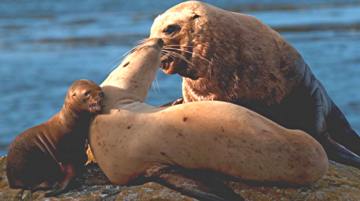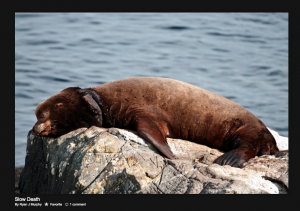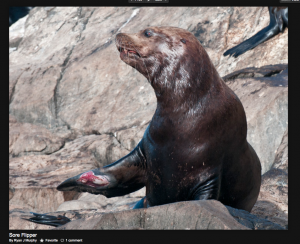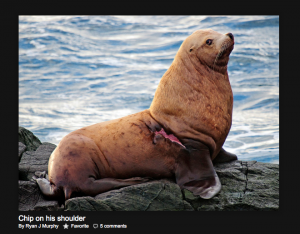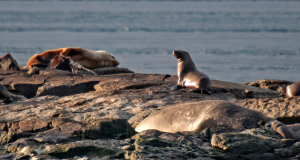The sea lions have moved in! Last night more than a dozen spent their first night on the main rock. Around sunset there were over 20 on rocks across from the jetty and in close waters. About 50-75 are still camped out on North and West Race Rocks.
I’m unsure if it is a coincidence, but the sea lions’ arrival was directly after the elephant seals’ departure. Although there are still 3 juveniles on site, our 2 alpha males and half dozen other seals haven’t returned since Saturday, 4 August.
On another note, a Canadian Coast Guard vessel was tied up to the Rosedale Reef buoy on the edge of the reserve yesterday for a couple of hours late in the day. It’s the first time I’ve seen the buoy being used since my time out here.
On Sunday 37 whale watching boats entered the reserve as well 3 private boats. It’s a lot of activity for such a small area and I wonder about the effects it has on the wildlife. A new 2-deck whale watching ship of Orca Spirit Adventures has a capacity of 200 passengers. I can’t help but think the noise pollution created by this vessel that advertises its indoor dining area and dance floor does harm to the very animals they are in search of.

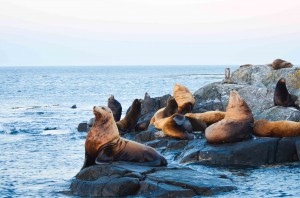
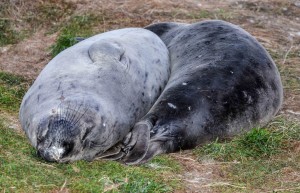
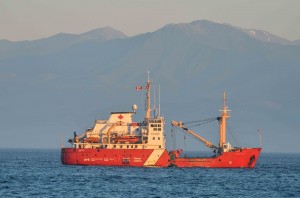
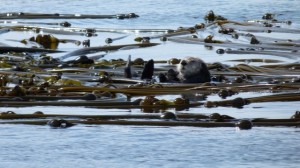
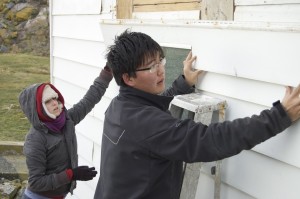
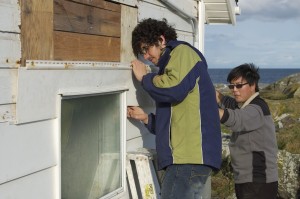
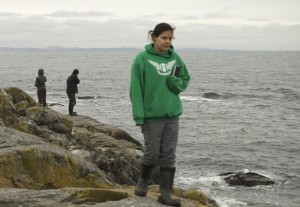 In the final days of the week students helped out with transferring diesel to the furnace tanks and cleaning cupboards in the science centre kitchen. Throughout the week the group maintained a daily count of animals in the reserve, the count is included below.
In the final days of the week students helped out with transferring diesel to the furnace tanks and cleaning cupboards in the science centre kitchen. Throughout the week the group maintained a daily count of animals in the reserve, the count is included below.